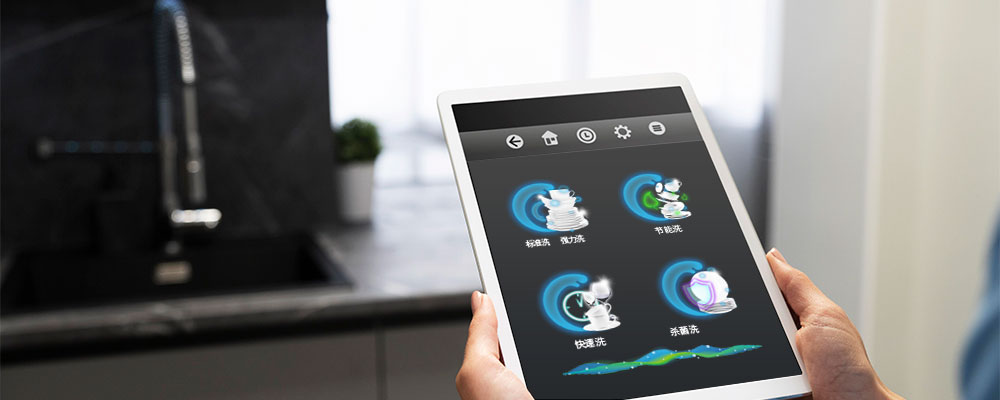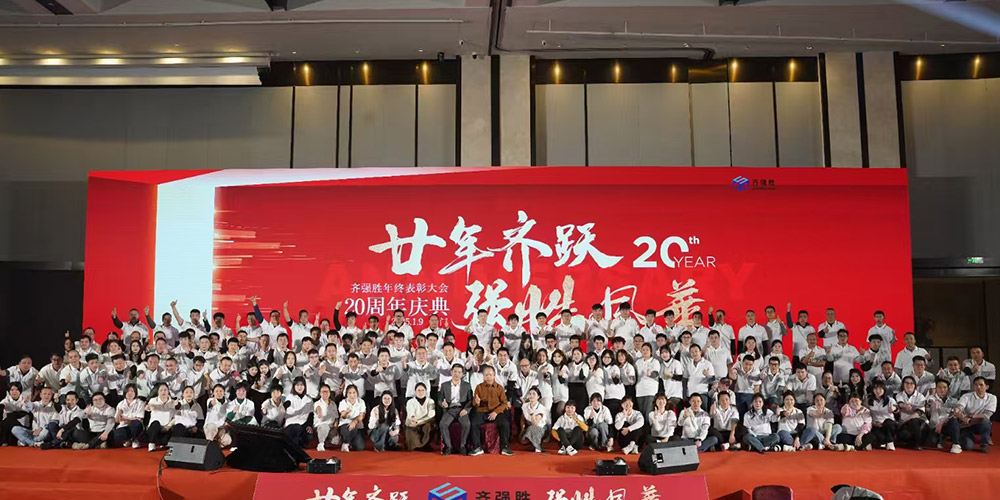
In 2024, the smart home industry is experiencing a new wave of technological revolution and market expansion, with cleaning appliances such as robotic vacuum cleaners, floor washers, and smart dishwashers becoming the core growth drivers of the smart home ecosystem. As the Internet of Things (IoT) and Artificial Intelligence (AI) technologies mature, coupled with surging consumer demand for "whole-home intelligence," end-to-end one-stop production services (covering the entire chain of R&D, design, production, and delivery) have emerged as a key engine for accelerating industry iteration. Data shows that China's smart home market size exceeded 715.71 billion yuan in 2024, maintaining double-digit year-on-year growth, with the shipment share of cleaning appliances significantly increasing.
Key Insights: How End-to-End Services Accelerate Product Innovation and Market Responsiveness
Shortening R&D Cycles and Rapidly Responding to Market Demand
End-to-end production services significantly reduce the time from concept to mass production by integrating R&D resources and supply chain capabilities. For example, leading Chinese manufacturers have reduced the development cycle of new products by 3-8 months using AI-driven simulation testing platforms, a reduction of over 30% compared to traditional models.
Technology Support: The widespread adoption of AI design tools and cloud collaboration platforms enables manufacturers to optimize product features (e.g., path planning algorithms for robotic vacuum cleaners) in real-time while synchronizing global market demand data.
Case Study: A Chinese ODM appliances manufacturer customized a smart sink-integrated dishwasher appliance for a European brand, completing the process from demand research to mass production delivery in just 8 months through end-to-end manufacturing services. The product, featuring voice control and water quality monitoring, quickly captured the high-end European market.
Market Demand in Europe and the U.S.: Intelligence, Scenario Adaptation, and Personalization
European and American buyers exhibit three major trends in their functional demands for smart home devices:
Remote Control and Voice Interaction: In 2024, smart devices supporting voice assistants accounted for 21% of shipments, with users preferring cross-device integration through platforms like Alexa and Google Home.
Automation and Scenario Adaptation: Features such as intelligent obstacle avoidance and automatic cleaning path planning have become standard for robotic vacuum cleaners, with some high-end models even supporting pet hair recognition and automatic handling. Smart fruit and vegetable cleaners use intelligent technology to identify and adapt to different cleaning modes, meeting the demand for "effortless cleaning" in European and American households.
Security and Privacy Protection: Enhanced localized AI computing power (e.g., local processing of facial recognition data) has become a core concern in European and American markets, with shipments of smart cameras featuring local privacy protection growing by 14% in 2024.
Market Performance and Technological Breakthroughs: Data and Innovation Dual Drivers
Market Size: In the second half of 2024, global smart home device shipments increased by 6.5% year-on-year, with smart lighting and home security devices leading the growth (track light shipments surged by 63%).
Technological Innovations: AI and Large Models: Upgraded large model technologies have optimized the naturalness of human-machine interaction, such as voice assistants dynamically adjusting cleaning schedules based on user habits.
Directional Interaction: High-end devices have introduced directional interaction technologies (e.g., gesture-controlled floor washers), driving the migration of mobile ecosystems to home scenarios.
Green Manufacturing: The integration of recyclable materials and energy-efficient designs in end-to-end services has reduced the energy consumption of some cleaning appliances by 20%, aligning with the EU's new energy efficiency standards.
Future Outlook: Full-Chain Collaboration and Global Expansion
In 2024, end-to-end production services accelerated product iteration and propelled the globalization of smart home enterprises. Through cross-border e-commerce and localized service networks, Chinese ODM/OEM manufacturers provided European and American brands with one-stop solutions from R&D to after-sales, helping them quickly capture market share. IDC predicts that the global smart home market will exceed one trillion US dollars in 2025, and the end-to-end production service model will become a core barrier to competition in the industry, including smart cleaning appliances.


